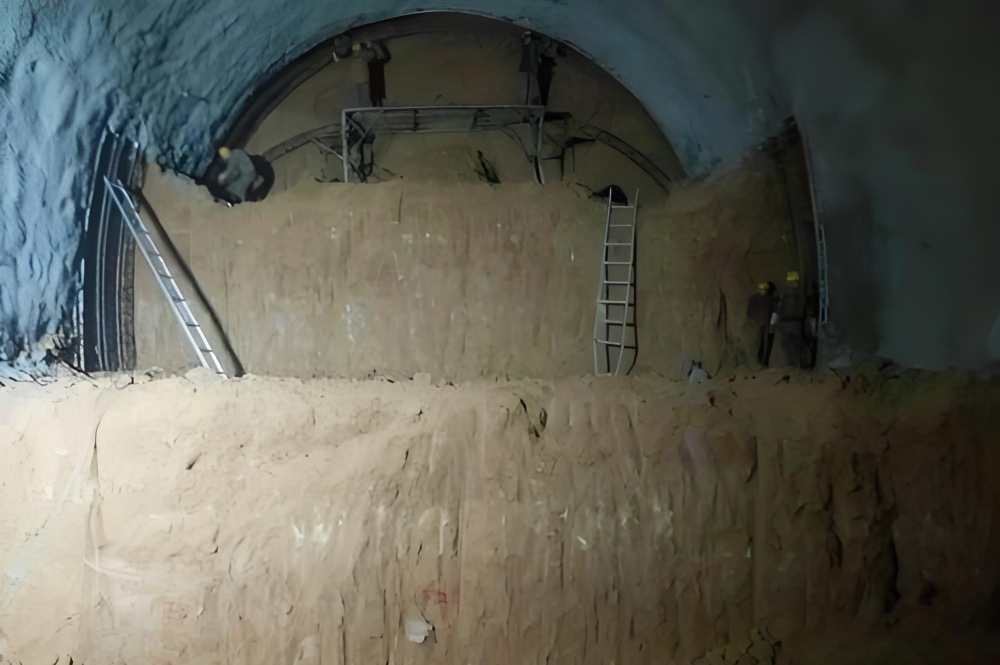How to ensure the density and strength of concrete during tunnel construction? During tunnel construction, ensuring concrete density and strength requires coordinated management across multiple aspects, including material control, process optimization, and quality monitoring. Based on industry practices and technical specifications, specific measures are as follows:

I. Material and Mix Ratio Control
1. Raw Material Quality
① Use ordinary Portland cement with a low heat of hydration to avoid mixing batches. Coarse aggregate particle size should be ≤25mm, with a needle-like content of ≤5%. Fine aggregate fineness modulus should be controlled between 2.5 and 3.2, and mud content should be ≤3%.
② Add polycarboxylate high-efficiency water-reducing agent to reduce the water-cement ratio (≤0.4) and enhance fluidity and compaction. Incorporate fly ash/mineral powder to improve workability and reduce shrinkage cracking.
2. Mix Ratio Design
① Dynamically adjust the mix ratio based on geological conditions and load requirements to ensure the design strength (e.g., C30-C50);
② Control slump differently by location: 160-180mm for side walls and 180-220mm for the vault to prevent seepage or insufficient fluidity.
II. Construction Process Optimization
1. Casting and Vibration
① Layered casting: Each layer should be ≤200mm thick, cast symmetrically from bottom to top to avoid cold joints.
② Vibration Reinforcement:
. Use inserted vibrators on the side walls, with spacing ≤1.5 times the vibrator rod radius.
. Install attached vibrators on the vault, using observation windows in the formwork for manual vibration.
2. Special Measures for Arch Density
① Install longitudinal grouting pipes and vents: Install a 20mm vent at the highest point of the arch formwork to remove air and water seepage;
② Pre-buried drainage structure: Install drainage pipes at water seepage points to divert water to the next construction section, which will be sealed with grouting later (grouting pressure ≥ 1 MPa).
3. Formwork and Support Management
① Clean the formwork surface before installation, tightly join the joints with hard joints, and fully tighten the support cylinders;
② Backfill over-excavation sections with concrete of the same grade to prevent voids behind the lining.
III. Maintenance and Defect Repair
1. Scientific Maintenance
① Wet curing (humidity ≥ 90%) within 7 days after pouring, maintaining a temperature between 10 and 30°C;
② Use a heat-insulating shed and steam curing system during winter application to prevent frost damage.
2. Defect Repair Technology
① Small defects: Chisel away loose layers → Apply epoxy primer → Fill with epoxy mortar and smooth.
② Large voids: Cast C40 dry hard fine aggregate concrete with formwork and vibrate to compact.
Through these comprehensive measures, the density and strength of tunnel concrete can be systematically controlled. Actual construction requires the integration of innovative methods such as geological radar, the application of reinforcing agents, and drainage grouting technology.





